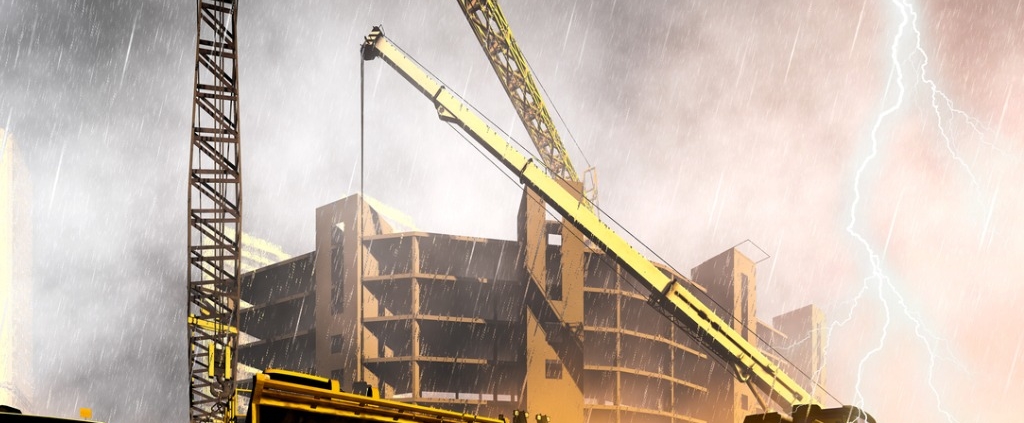7 Construction Site Strategies for Disaster Preparedness
Being ready to handle a sudden emergency such as a natural disaster or severe weather event is essential for effective risk management in the construction industry.
In fact, contracting companies need well thought out policies aimed at maintaining safety on active job sites in an emergency situation. Here are seven highly effective strategies from construction experts who do site safety right.
1. Create a Site-Specific Emergency Plan
Even projects with a relatively small scope of work should have an emergency preparedness plan in place before work begins. The plan should be like the playbook for what needs to happen, so that people don’t have to make on-the-spot decisions when an emergency is developing or already underway.
2. Identify What Events Will Halt Work
Uncertainty about whether it is necessary to implement an emergency action plan could delay crucial safety measures significantly. Also, it’s important that clients be clear about when work cannot proceed to avert contractual disputes. Make sure that agreements stipulate when it is necessary to suspend work due to an emergency.
3. Train Workers
Your team needs thorough training on how to handle emergency conditions. Even highly experienced workers may benefit.
4. Be Aware of Cranes’ Wind Ratings
Sites that utilize cranes have to prioritize emergency protocols. Project managers and crane operators may have to work quickly in order to disassemble or reinforce a crane. It is imperative to be absolutely certain of a crane’s wind rating so that the team responsible for managing a crane will know when it must spring into action.
5. Have a Way to Secure Materials Ready to Go
A comprehensive emergency plan should have a procedure for securing any loose building materials onsite. This may require using reinforced containers, tying materials down with straps or temporarily relocating certain items.
6. Remove Hazards
A jobsite could contain numerous hazards that could pose a serious fire threat if left unattended during an active emergency. Project managers and safety supervisors need to evaluate how to move items that cannot be safely secured such as fuel containers or combustible materials.
7. Assure That Sites Are Safe for Re-entry
Before crews attempt to resume work, safety managers have to verify that a jobsite is safe. They may need to test unfinished structures for stability or inspect whether there is a risk of falling debris.
The Value of Experience
Being proactive about emergencies can prevent serious injury and protect you against unnecessary losses.
Contact Construction Safety Experts for help to create and utilize strategic emergency preparedness initiatives at your next jobsite. One of our knowledgeable representatives can give you information about customized consulting and training – Call (919) 463-0669 today!








